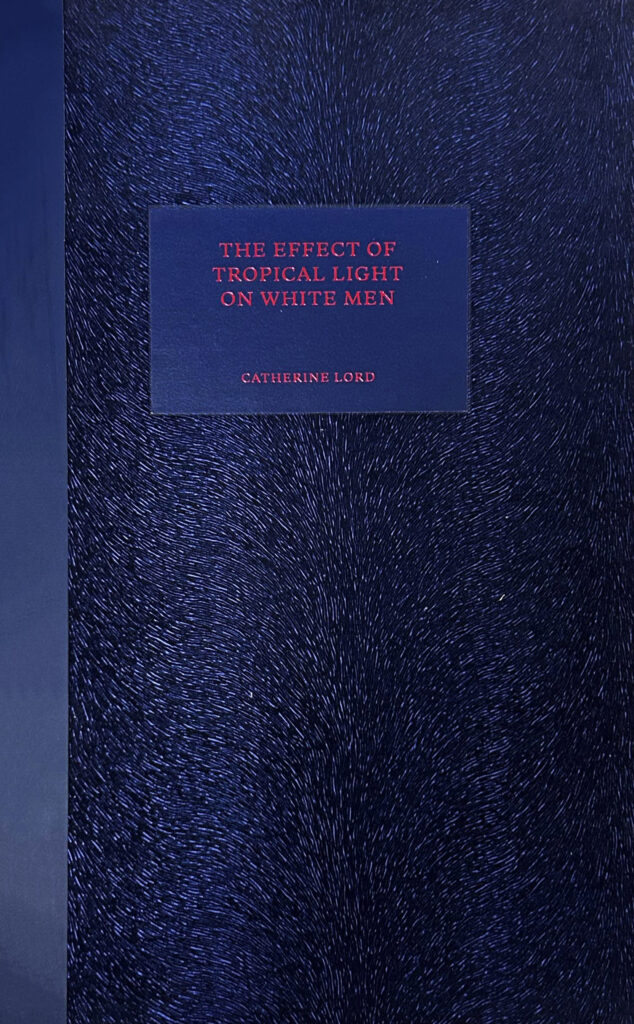Catherine Lord: The Effect of Tropical Light on White Men
An investigation of memory, both personal and national, that broadens the dialogue on colonialism, complicity, and cultural property.
In March 2001, artist and writer Catherine Lord returned to the Commonwealth of Dominica, an island of middling size halfway along the Caribbean archipelago, one of the more insignificant of the fifty-nine colonies of the British Empire, and the place where she was born in 1949. On the last day of her stay, Lord was loaned three leather-bound ledgers, the commonplace books of Dr. Henry Alfred Alford Nicholls, a botanist, physician, and plantation owner on the island from the 1870s until his death in 1926. Throughout the ledgers, Nicholls stored quotations from his readings under headings that he invented, from abuse to coffee, errors to manners, praise to woman.
In ‘The Effect of Tropical Light on White Men’, a title appropriated from an obscure eugenics tract, Lord takes Nicholls’s headings as the framework for a bellicose, mordant, and often wry critique of power relations between colonizer and colonized, public and private, image and word. In over 300 entries, she takes an unflinching look at artists like Agostino Brunias (known for his paintings of Creole society throughout the British West Indies); patrons like politician and sugar plantation owner Sir William Young (Governor of Dominica from 1768 until 1772, when he made an ignominious exit); novelists like Jean Rhys, forced to leave her home island for England; a portrait of a Creole white by a lesbian Polish Jew relocated by the British to Dominica after World War II; and a possibly bootlegged copy of Heinrich von Angeli painting of Queen Victoria. Lord also explores the mobilization of the island’s botanical specimens—Bermuda cedar, cocoa, jequirity—at the Royal Botanic Gardens and in World’s Fairs, part of what she calls botanical colonialism, as well as regional architecture and graffiti of artists largely unknown outside of Dominica. For over two decades Lord traveled to research centers and archives throughout England, New England, and Dominica studying the visual representations of her homeland by those who remembered it and those who only ever imagined it.

